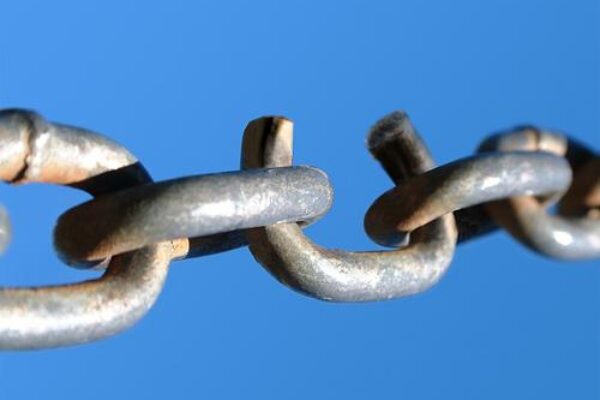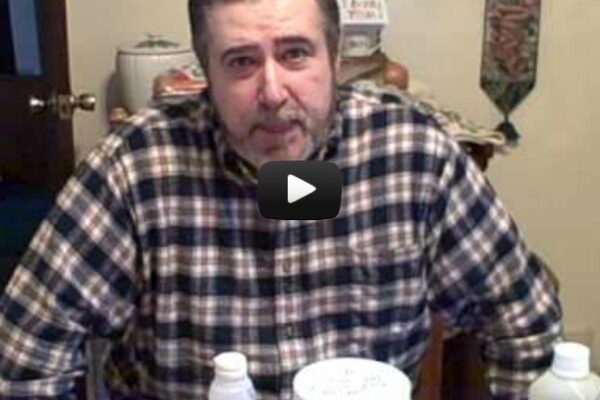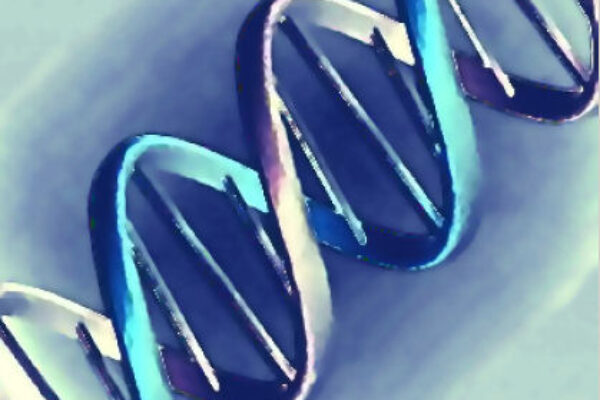The Racing Pigeon Loft Part 2
 Ventilation
Ventilation
When the air inside the loft is not as fresh as the outside air, then there is a ventilation problem.
The traditional Australian loft is open at the front and gets good race results in areas with low humidity (non-coastal and inland regions, South Australia etc.). Such a loft requires little other ventilation other than vents on the back and side walls of the loft. Place the vents under the perches rather than at the top, so that the air does not pass over the birds resting in the perches. The flow of air over the birds created by incorrectly placed vents is referred to as a draft and causes illness by preventing the birds from resting.
The creation of proper ventilation in enclosed lofts is more difficult to achieve and in dry areas it is often better to avoid enclosed lofts. However, in high humidity and very cold areas the loft must be enclosed at night to maintain the form of the fit race team, although it is opened up as much as possible during the day. The best lofts can be opened up during the day and closed up at night, when it is raining or during cold humid weather.
More ventilation is required in closed lofts than open lofts. Ceiling or wall ventilation fans are often used to improve the circulation inside the loft. Vents placed on the back and side walls near the floor are open during the day and on warm nights and closed when it is wet or cold. Double-check the quality of the air inside an enclosed loft by asking an asthmatic friend to stand inside and pass an opinion as to the freshness of the air.
Pigeon numbers
Overcrowded lofts do not race to their true potential. Overcrowding increases fighting, creates restlessness and increases the staleness of the air. Overcrowded lofts have consistently good droppings, although the birds may be healthy. Often healthy nutty droppings return when the numbers are decreased. The best race results occur when the numbers are kept around 25 birds per 6 foot x 6 foot by 6 foot loft.
Wetness in the loft
Waterproofing the loft is a priority, because wet floors endanger the health of the birds. Fit race birds immediately lose form and often succumb to coccidiosis three days after the floor gets wet. Disinfecting or cleaning the loft using water must be reserved for warm days or allowed to dry whilst the birds are out exercising. Concrete slabs hold water and are not recommended for race lofts and must be designed to drain and dry quickly when used beneath elevated flights during the race season.
Clean loft
Pigeons love a clean loft and rest better when the perches and floor are cleaned free of droppings. Sand on the floor looks good, but is not recommended during the cold months of the racing season. At this time the birds may suddenly over-engorge on it and lose form because of the resulting “gut ache”. Pigeons love to lie down on straw but it must be perfectly fresh, clean and be free of dust or moisture. Black marks and a musty smell to the straw indicates mould on the straw, which can damage the pigeons airsacs when inhaled.
The loft is cleaned at least once and even better twice daily during the racing season.
Twice daily cleaning allows the fancier to monitor the health of the race team very closely. A change in the droppings is then recognised very early and the appropriate remedy (either rest, water cleanser, medicines, loft heaters etc.) can be quickly and effectively prescribed. The design of the loft must be such that scraping is made as easy as possible. The floor should be perfectly flat and smooth and the perches must be wide enough and brought out from the wall for easy scraping.
Loft position
The best lofts are positioned in the yard to get the most amount of sunlight from the day during the racing season. In Australia, the best direction to face the loft is between North West to North East, because the sun moves northward during the winter months of racing. Lofts need as much sunlight as possible. They also need space to breathe fresh air and are best away from trees, fences and be elevated.
The resting pigeon
The best designed lofts create an environment that is so relaxing that during the day and at night-time the birds lie down on the ground or on the perch with their wings hanging loose. The compartment sizes should not be too large, but small and low enough for the fancier to catch the birds easily without chasing them around the loft. The race team is tamer and more relaxed in a loft with smaller compartments. The best size sections are 6 inches higher than the fancier, 6 feet deep and 5 feet wide.
Loft materials for ceilings, walls and floors
In high humidity areas the ceiling and walls of the pigeon loft must be lined if consistent racing results are to be enjoyed. Masonite and wood are better insulators than metal. The best floor for racing is made of wood (form ply or marine ply) because it is a good insulator, stays warm, and is smooth for effective scraping. It can be unscrewed and replaced with wired floors during the off season if required. Wood floors are harder to disinfect. Concrete floors are not recommended in the race loft because they are cold and retain moisture, but they are good for the breeding loft and can be used for the race loft if they are centrally heated. In high humidity areas wire floors are not recommended for racing because the droppings beneath the wire accumulate moisture and grow fungus, which causes moulding disease. They are acceptable in dry areas and during the breeding season, but must be treated for fungus and insects regularly.
The Racing Pigeon Loft Part 2 by Dr. Rob Marshall
The Leading Online Pigeon Racing and Racing Pigeons Magazine – The Pigeon Insider










Ideal loft for what climate? Whatever country one is in and works for them is not a blue print for othe fliers in other countries. Ventilation is an open loft with snow blowing in or fans going in the warmer countries. Hot or cold, pigeons just need fresh air. Heated lofts etc detrimental to the birds. Dry lofts or wet floor lofts. Rain or snow comes in..so what? The birds just get up on the perches. Clean the floor every day? Why? Deep litter with straw or whatever, kitty litter with Stable Boy or whatever eliminates most bugs. Pigeons are not people! One cannot apply the same mindset. They have an open loft they can peck in the pasture and eat what is good for them. Cow crap or whatever. They know what they need. No commercial mix or additives can even come close. Health? Sick and do not recover within a reasonable time nuke em. Basics. All the pigeon is concerned about when raced is getting home. Bird gets thirsty goes down for water in some E.Coli or bad bacterial water. So theoretically, no matter how much preventative meds have been used, they end up being useless for that situation. Good pigeons, in my opinion anyway very seldom get sick. Whatever. Millions are spent on pigeon meds every year. Super foods etc,. Oh well. Each to their own.
A very interesting part. Both the first and the second part strikes me because i found them usefull. I would like to ask you, what can I do to buy the book `pigeon insider` ?? because it seems that it is very interesting book. thank you.
Thanks for all the info ,it makes my life as novice much easier and I am sure it will help me to reach my goals faster.Dont have to learn every thing trough trail and error!
I love this site. Very informative and I will always tune in for more info.
EXCELLENT PRESENTATION, RIGHT TO THE POINT. I AM IN THE PROCESS OF CHANGING THE FRONT OF MY YB LOFT AND ALREADY PICKED UP A TIP FROM YOUR SITE.i WANTED TO PRINT SOME OF THE STUFF BUT EACH TIME I TRY TO PRINT ANYTHING MY PC FREEZES.
thanks all for great information
I just recently started receiving these newsletters. I have learned a great deal. I have gone back through the archives and have enoyed and learned. It seems I learn more each day as I grow older. Keep the newsletters coming.
Thanks a lot for all the info. It is very helpfull and great that people share there ideas and techniques.
I enjoy your articles and think its great that we are sharing news and tips.You are never to old to learn and the cinn. tea is new to me.Keep up the good work putting this type of info out. YOURS IN SPORT–CHARLIE BARBIERE
thanks for the Loft part 2 impressed and suprise that my inquiry was paid attention, your a great help to the fancier and ofcourse to the sport, great man !